Are there good and bad keywords?
Absolutely!
Remember, the more accurate your keywording, the better chance you have of making some money from your your photographs.
There are some handy tools out there to help with keywording images. They can grab keywords that others have used from similar images to yours and help you build your keyword list. They can be a good place to start, but of course you will want to ensure they are accurate for your particular image.
Here are some basic things to think about when selecting keywords for your image:
Good keywords
Think about adding keywords that describe the main objects, colours, concepts, feelings, lighting, people, proper names for plants & animals, location, etc. Basically anything relevant to the image that a buyer would search for.
Also use terms that are relevant to today. For example, terms like “selfy” or #metoo (minus the #) that are modern and relevant to what people may be looking for – as long as they directly relate to your image.
Bad keywords
Do not get out your thesaurus and add anything you find.
Buyers will search for ‘man’, not ‘chap’ or ‘fellow’. Never include your camera brand, your own name, or keywords that have no relevance to your image. In some cases, less is more with keywording (as long as you have a minimum of about 10-15) as lots of irrelevant keywords will just dilute your image showing up in search results.




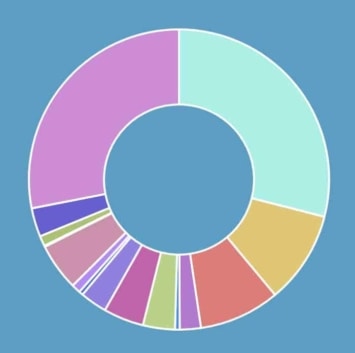



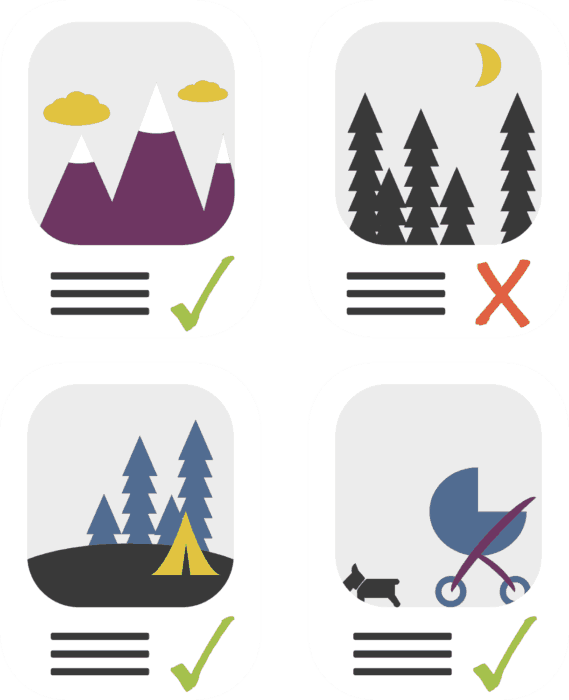
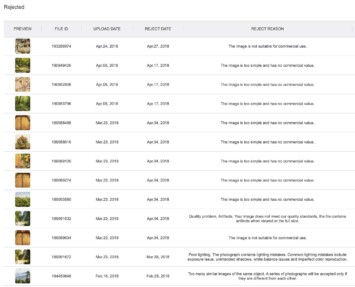


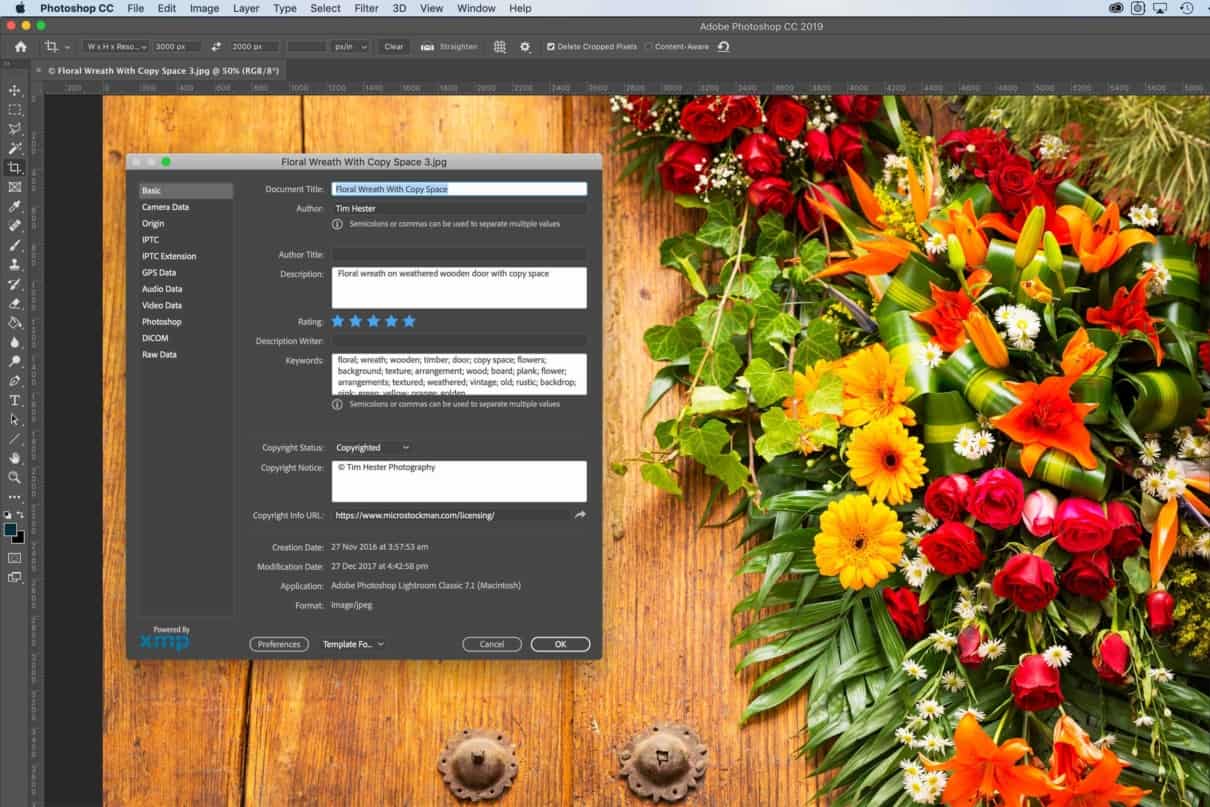
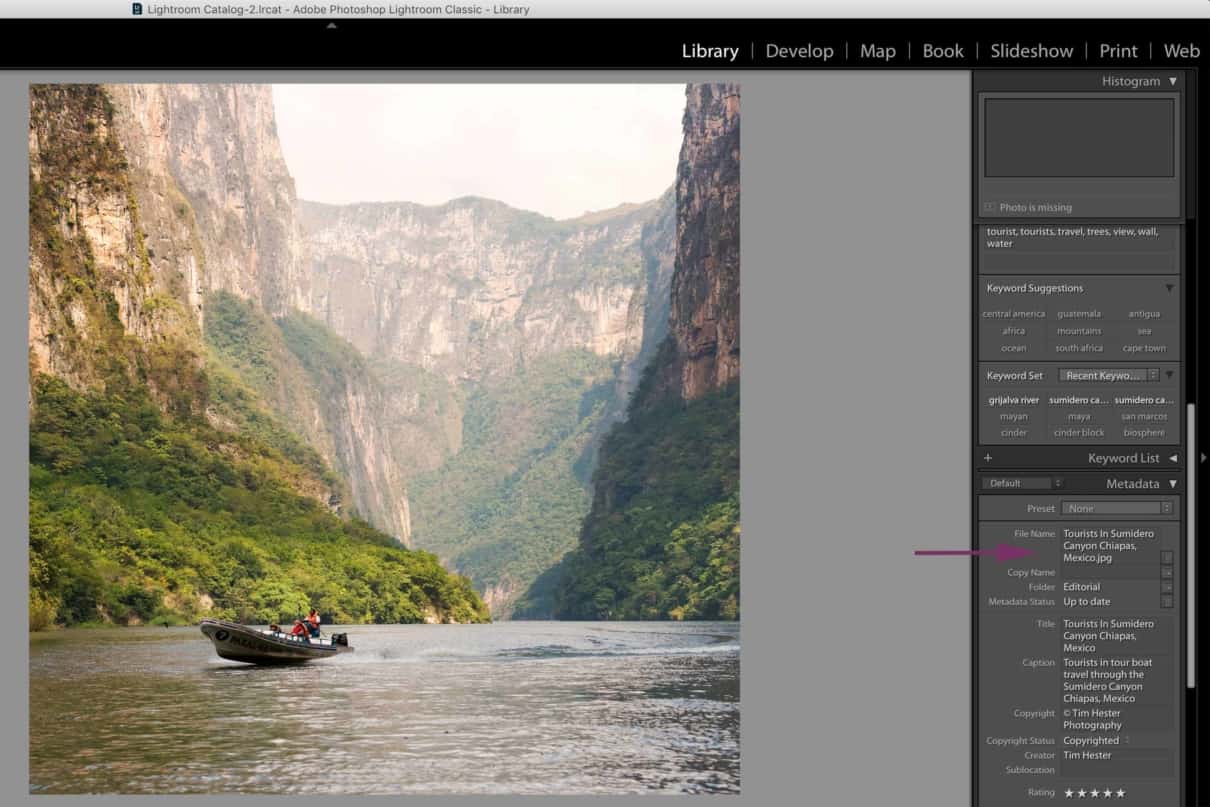
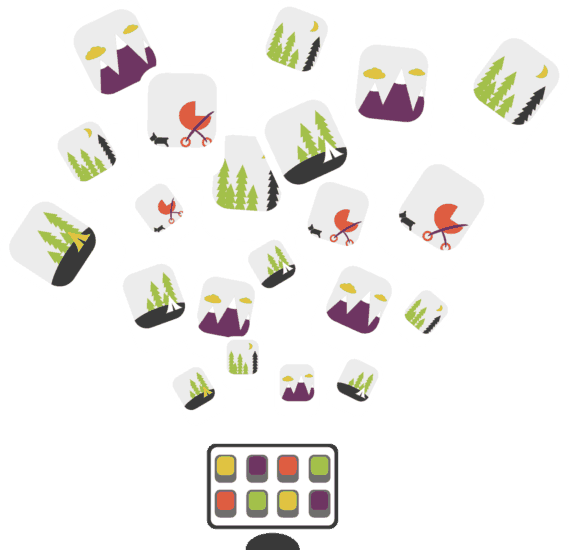
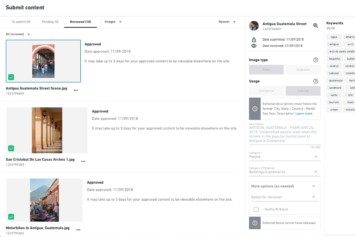
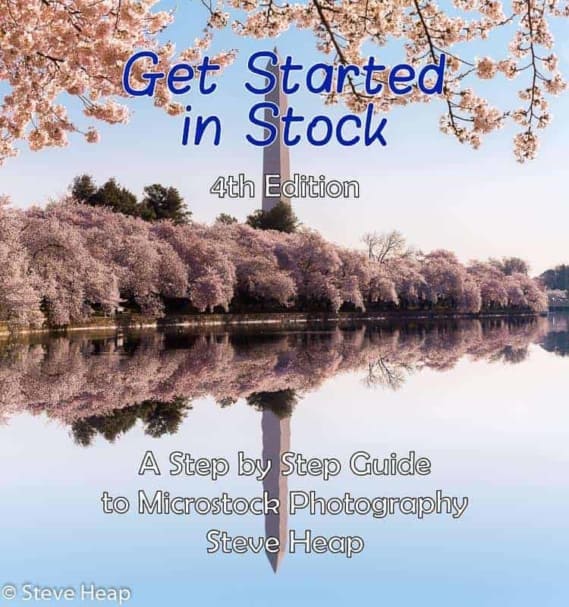


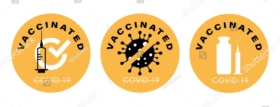

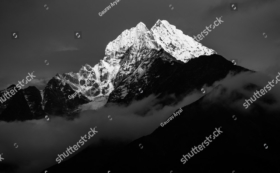

what is the term and condition that i have been filled once I want to be a contributor?
That will depend on each site and you would be wise to check each one if you are concerned.
But as mentioned, in general you are giving the agency the freedom to sell your images and use them in marketing. You are never giving up your copyright unless you specifically enter into an agreement for that with an agency. And there may be a lock-in period. For example, you can't delete your images from the microstock site for 6 months.
Hope that helps!
hey really like this article, keep it up!
Thanks!
Hi there, thanks for this guide! Would love to see an updated version of this guide to include audio… How to keyword, and so on. Thanks!
Hey Joseph,
Thanks for the feedback, will try and include that for the 2020 update :)
Excellent Article! Thank you!!!!
You're welcome Shemeon, hope it helps.
Hi there, great article! I'd love to know how you deal with models / non models and location owners's contracts, image rights etc. Models are expansive but I don't see another way than paying people for them to accept their image being sold, that's totally understandable. And what about locations? how do you get access to an airport or an hospital? do you give them permission to use freely your images shot in their properties in order for them to let you shoot? many thanks in advance!
Hey Charles,
Good questions!
I have steered mainly away from using models due to some of the complexities involved (and that the huge image factories focus on model images, as they sell well). That being said, I have a custom made model release that I get signed if I use a model, and counter-signed by a witness. Some models just starting out may be willing to exchange some modelling time for some shots for their portfolio. Of course professional models should be paid for their work and you should expect that. Sometimes your best source of models (especially to begin with) are your friends and family. Discuss potential uses with them so there are no surprises and also get them to sign a release.
Locations also should sign a property release if it's private land. I know some photographers use locations like schools/cafes/hospitals etc when they are already there on a commercial shoot. They may negotiate a reduced shoot rate in exchange for some time shooting a few images for stock and getting releases signed.
In short, think local and small to begin with and you may find you have more locations and models available than you first imagined :)
this is very useful, thanks for sharing!
Glad you found it useful. :)
Thank you for this! I found it incredibly succinct and useful, just what I was looking for. Explained all the steps clearly and offered the details necessary. I have over 5,000 images and believe there has to be a place for at least a portion of them. With your guidance, I now have a plan to get started. I'll let you know how it goes :) Ah, a question. In your experience, is there an average file size that is desired? I shoot in raw with a Nikon and will submit in jpeg but some of my files are still 50MB. Is there a minimum/maximum file size?
Hi Christine,
Thanks for the great feedback, glad you found it so helpful. Please note that Shutterstock has reduced their royalties as of June 1st 2020 so that is something to consider.
As for your question, most agencies limit file size to around 25-30mb. So when you save out your jpg's I would make sure they stay under 25mb to be safe. But just as a reminder, don't confuse file size (mb) with file resolution (mp) as you will want to submit your files in a decent resolution. I usually submit 24 megapixel or bigger if I can.
All the best with it :)
Hi,
I am new here and would like to sell images that I have accumulated over the years.
Is it possible to sell the same image to more than one platform? Would this potentially boost the exposure and potential income or otherwise?